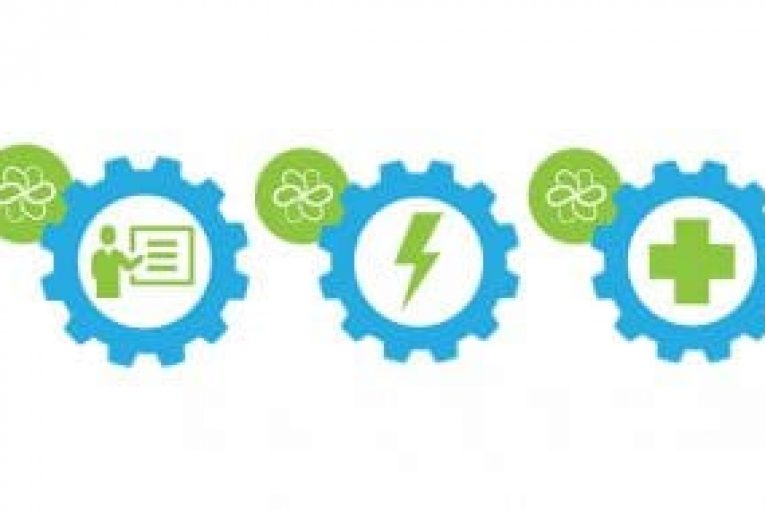
In my last blog I took the opportunity to summarize some key highlights from this year’s Operations and Maintenance Summit in Toronto. I highlighted some of the main themes that came out of the sessions such as the importance of working relationships, trust and emerging opportunities. I also mentioned that there are areas ripe for collaboration in the Canadian wind business. These joint efforts are what the Canadian Wind Energy Association’s (CanWEA) O&M Program will focus on in the future.
For the next few months I will be taking some time to map out a few of the big areas for collaboration that CanWEA will be looking at as they relate to world class operations. I’ll focus in on the following three topics and their potential for maturing the industry and in particular, building on the themes from this year’s Summit.
Health and Safety
![]() This is one topic that is on the forefront of everyone’s mind. The wind industry has done well to keep up a reputation of being a safe field of work especially when accounting for some of the unique environments and situations that are found with this job. But with safety you can never rest on your laurels! Those responsible for the safety of their employees want to continue to make every effort to ensure they are following the best safety practices available and that they are fully compliant in every Canadian jurisdiction.
This is one topic that is on the forefront of everyone’s mind. The wind industry has done well to keep up a reputation of being a safe field of work especially when accounting for some of the unique environments and situations that are found with this job. But with safety you can never rest on your laurels! Those responsible for the safety of their employees want to continue to make every effort to ensure they are following the best safety practices available and that they are fully compliant in every Canadian jurisdiction.
Technician Training
![]() The workforce is growing. Wind farm jobs are a key part of the world economy now and they will continue to grow. We have more impetus than ever before to ensure training efforts are focused on developing the right qualifications in Canada’s wind energy workforce. Global training standards are helpful and provide some assurances when looking at a new hire but should we be doing more to ensure workers can acquire the skills we know are needed to get the job done in this country? In this post I will discuss some of the history of work force development in Canada, what institutions are doing to keep up and what employers are asking for.
The workforce is growing. Wind farm jobs are a key part of the world economy now and they will continue to grow. We have more impetus than ever before to ensure training efforts are focused on developing the right qualifications in Canada’s wind energy workforce. Global training standards are helpful and provide some assurances when looking at a new hire but should we be doing more to ensure workers can acquire the skills we know are needed to get the job done in this country? In this post I will discuss some of the history of work force development in Canada, what institutions are doing to keep up and what employers are asking for.
Grid Compliance
![]() In the early days of wind, connecting a turbine to the grid was a fairly low impact exercise because of the small percentage of electricity wind energy represented on the grid. As the contribution of wind continues to increase, the nature of how these power plants interact with other generation sources continues to evolve. The result is a change in how they must be operated. We will take a look at what it takes to comply as an essential source of electricity and also at wind’s role in the increasingly sophisticated power grid. What is required to maintain a “world-class” facility and why is wind so important on the new energy horizon?
In the early days of wind, connecting a turbine to the grid was a fairly low impact exercise because of the small percentage of electricity wind energy represented on the grid. As the contribution of wind continues to increase, the nature of how these power plants interact with other generation sources continues to evolve. The result is a change in how they must be operated. We will take a look at what it takes to comply as an essential source of electricity and also at wind’s role in the increasingly sophisticated power grid. What is required to maintain a “world-class” facility and why is wind so important on the new energy horizon?
The Canadian wind industry is steadily growing and developing. Industry collaboration through CanWEA will help the industry ensure it is operating and maintaining world-class facilities in a uniquely Canadian way. Across this diverse country, we continue to map out progress in the industry in a respectful and responsible manner for the benefit of wind power providers and consumers alike.
Check back soon for more in this series!
You can read more of the news on source



